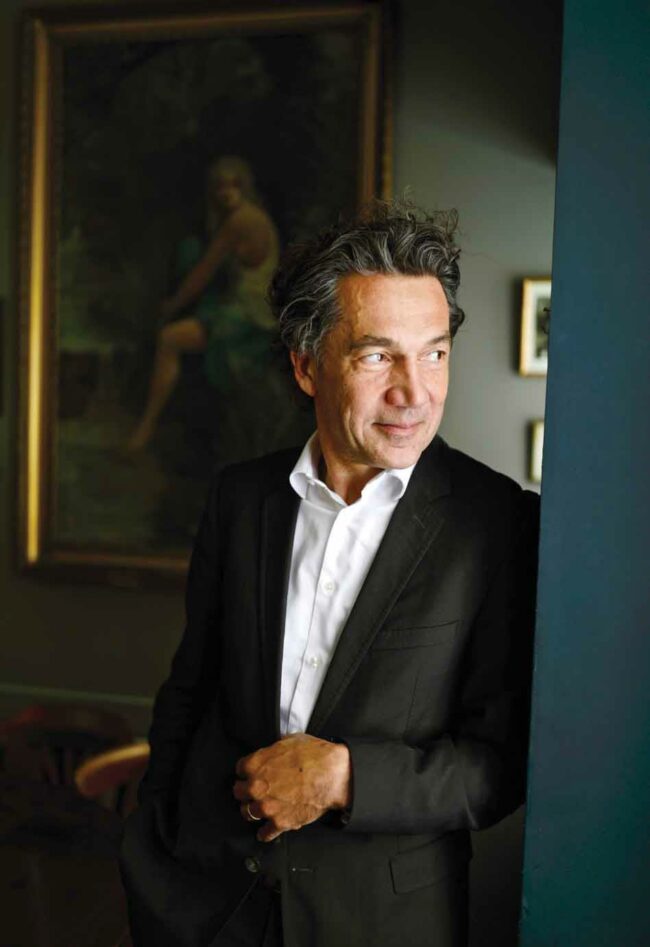It is a land of holidays. Its stone houses hidden away in the hollows of small valleys are a real people’s delight. There are vineyards and lots of nature
Photo Gilles Durand Daguin
THE LUBERON is a regional nature park covering 185,000 hectares. Two-thirds of this is forest. Vines are grown only marginally, mainly on hillsides between 200 and 500 metres above sea level. A considerable asset when it comes to biodiversity. The Luberon is a mid-range mountain that stretches from east to west, reaching an altitude of 1,125 metres, and is cut by a combe that links two valleys. To the north, the Cavallon valley, with Ménerbes and Lacoste; to the south, the Durance valley with Lourmarin and Cucuron. To the west of this fault lies the Petit Luberon and to the east, the Grand Luberon. We’re sixty kilometres from the sea. The climate is somewhere between Mediterranean and continental. There are major differences between the earlier west and the later east, and between the north, where the valley is deeper and more incised, and the south. The area is windy, with the Mistral and above all a current of air that arrives from the Alps in winter. It’s still very hot in summer, but the temperature range between day and night is very wide, so the grapes ripen slowly. Although the luberon AOC was officially recognised in 1988, winegrowing here goes back much further. The Bonnieux cooperative cellar dates back to 1920. The appellation’s syndicate puts the emphasis on white wines, which is smart because demand for them is growing. Despite this, they only account for a quarter of production, almost on a par with the reds. The other half is made up of rosés. The grape varieties used are original. The appellation’s specifications require a minimum of two grape varieties per wine. For reds, the classic Syrah and Grenache predominate, along with Carignan, Mourvèdre and Cinsault. For whites, Grenache Blanc and Vermentino, also known as Rolle, dominate (60%). They are complemented by ugni blanc, clairette and bourboulenc (and more marginally, the classic marsanne, roussanne and viognier). This range of white grapes makes it possible to create delightful combinations of flavoursome and more neutral varieties. Obviously, winegrowers are dependent on their plantings. For the consumer, this can be confusing because the range of these white wines is so broad.
8 to follow
The sixty or so estates are small in number, but they have the agility to take the lead on advances in cultivation and taste. Some are emblematic, having initiated the quality revival in the 1980s and 1990s: La Verrerie, Paul Dubrule’s La Cavale, or the Rousset-Rouard estate of La Citadelle, recently sold. The ten cooperative wineries account for 85% of production.
MARRENON This commercial entity represents six cooperatives (Sylla, Bonnieux, Grambois, Louérion, Ansouis, Pertuis), representing 4,000 hectares of vines and 385 families. It was recently chaired by Joël Bouscarle, who is also President of the Luberon AOC, and managed by Philippe Tolleret. Following the shock of overproduction in 2002, Marrenon underwent a transformation. Quality now takes precedence over quantity. The ranges are well segmented. Production is very “middle of the road”, in other words, without any particular craziness or originality, but with the desire to satisfy as many people as possible without ever disappointing. And it succeeds.
You must be a subscriber to read this content, please subscribe today.This content is locked
























